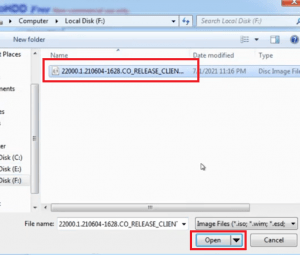
For example, on a Dell OptiPlex 9020, which I will use for the rest of the article, it tells us that this machine does not have a supported CPU, no TPM 2.0 and no secure boot. The PC health check application can be used to find out if that is possible and gives more details. If you’re currently on Windows 10, home or pro, You will probably see a message in Windows update about upgrading to Windows 11.

The workaround that I will explain here works for both upgrading from Windows 10 or to upgrade to Windows 11 22H2 on an unsupported system that is already on Windows 11. I did an extensive article on that which you can find here.

If you would be looking to do a fresh install or dual boot, the original workaround still works for the 22H2 version. If you prefer classic text, you can just follow the rest of this article: For the upgrade from Windows 10 to Windows 11 22H2:

If you are interested, I also created a YouTube video from this blogpost. In this article I will describe alternative and how to still upgrade Windows 11 22H2 on unsupported hardware, either running already on Windows 11 or from Windows 10. The original method to upgrade from Windows 10 to 11 on unsupported hardware is no longer working and also on Windows 11 installations that used any of the workarounds to overcome the hardware check, the 22H2 update will most likely not be offered through Windows update. The 22H2 update seems to change some things that could prevent to work around the hardware checks. Like the need for a fairly recent CPU, TPM 2.0 and secure boot. With the introduction of Windows 11 also came some restrictions on supported hardware. This update has some new features and bugfixes.

Since a few weeks, Microsoft has released their 22H2 update.


 0 kommentar(er)
0 kommentar(er)
